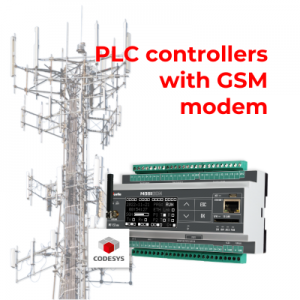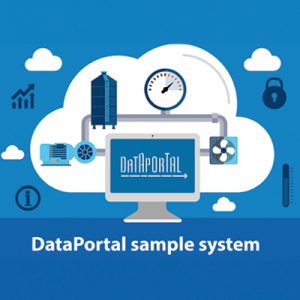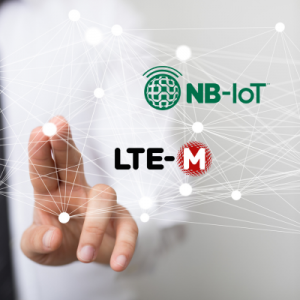.
LTE-M and NB-IoT - a revolution in remote monitoring. What do you need to know?
Imagine a telemetry system that works flawlessly for years. Without access to mains power, without frequent battery changes. No cables, no downtimes. Sound like the future? And it’s already the present – thanks to LTE-M and NB-IoT technologies, which are becoming the new standard for remote monitoring of environment and infrastructure.
Find out:
-
LTE-M and NB-IoT – what is it?
-
Ideal combination with battery technology
-
Why are LTE-M and NB-IoT the best choice for modern telemetry systems?
-
Where do telemetry modules with LTE-M and NB-IoT prove themselves? Practical applications
LTE-M and NB-IoT - what is it?
In the Internet of Things (IoT) era, it is no longer enough to just ‘have a connection’. You must have a connection that is reliable, secure, energy-efficient and scalable. This is where the technologies come into play
LTE-M (Long Term Evolution for Machines) and NB-IoT (Narrowband Internet of Things).
Both technologies are LTE network extensions, optimised specifically for IoT devices. They make it possible to transmit small data packets over long distances and with minimal energy consumption. In short – maximum availability, minimum energy.
Currently, the national GSM operators offer: LTE-M (Orange), NB-IoT (T-mobile and Polkomtel).
Ideal combination with battery technology
If you’ve ever deployed monitoring at a site without access to the power grid, you’ll know that the power issue is one of the biggest barriers. Fortunately, today we can solve this – using telemetry modules with their own battery power, such as:
The devices in our range are capable of working with LTE-M and NB-IoT modems, making them an ideal choice for use in areas such as:
- Energy, water and utility consumption monitoring devices
- Transport and logistics
- Agriculture
- Forestry
- Industry
- Environmental monitoring
In projects using LTE Cat M1 and NB-IoT technologies, ensuring reliable and optimised communications is just as important as selecting the right equipment. This is why SIM cards that are specifically developed for data transmission over LTE-M and NB-IoT networks are becoming increasingly popular. These cards enable stable connections even in challenging conditions, reduce data transmission costs, and provide comprehensive technical support throughout the project lifecycle. The right communication solutions allow modern IoT modules to reach their full potential, particularly with regard to energy efficiency and reliability.
Why are LTE-M and NB-IoT the best choice for modern telemetry systems?
Long battery life – up to 10 years!
With power-saving modes such as PSM and eDRX, devices can ‘sleep’ most of the time and only communicate when needed. This reduces the frequency of costly battery replacements, minimises service visits, and lowers the overall cost of maintaining the infrastructure.
Coverage where other networks do not reach
NB-IoT can cope even in places where classic GSM/LTE doesn’t reach – manholes, basements, technical ducts, rural areas On the other hand LTE-M provides supports mobile applications with higher data rates for .
Scalability that grows with you
With LTE-M and NB-IoT, you can support millions of devices on a single network. This is the foundation for smart cities, modern industry and infrastructure management systems.
Buffered data = ZERO loss of information
Commands sent when the device is in standby mode are buffered by network and delivered immediately upon waking up. In this way, no information is lost and the device performs tasks efficiently and without the need to repeat transmissions. This solution significantly improves the reliability of telemetry systems and extends the operating time on a single battery.
Data security at GSM operator level
LTE-M and NB-IoT provide the highest level of data transmission security, using standards used in mobile networks. Data encryption, device authentication and access control guarantee full protection of transmitted information, even in the most demanding applications. Assurance of integrity and confidentiality are the cornerstones of a successful system.
Read more articles:

PLC controllers with GSM modem – an integrated solution for automation and remote monitoring
Discover how combining PLCs with GSM modems streamlines automation and remote monitoring—efficiency and control in one smart device!

Remote monitoring without cables – battery modules are the future of telemetry
Discover the advantages of wireless battery-powered telemetry and learn about inspiring examples of its applications.









